From micro switch to ultra-thin mechanical structure: the development history of CHERRY mechanical keyboard shaft body
No matter what posture you play on and what platform you play, "input" is a very important part of the gaming experience. Whether it is ABXY on the handle or WASD on the keyboard, even in the smartphone industry where it is difficult to install physical buttons due to size, various manufacturers have made various attempts to improve the player experience.
When it comes to improving the input experience, the mechanical keyboard is a topic that cannot be avoided. Compared with cheap membrane keyboards with one-piece conductive film, each key of a mechanical keyboard is controlled by an independent hardware switch, so even the cheapest mechanical keyboard can have better customizability. The feel is far superior to most membrane keyboards. Whether you are a gamer or a working soldier, an excellent mechanical keyboard is a combat power multiplier.
In the world of mechanical keyboards, there is a company with a very famous name: CHERRY. If you have ever purchased a mechanical keyboard, you must have heard of the five switches of black, white, green tea and red, and they all come from CHERRY company. Even if the keyboard you use does not use these five types of switches, their dimensions are consistent with those of the CHERRY switches, or in other words, various changes are made based on these switches. It can be said that without CHERRY, there would be no current mechanical keyboard market.
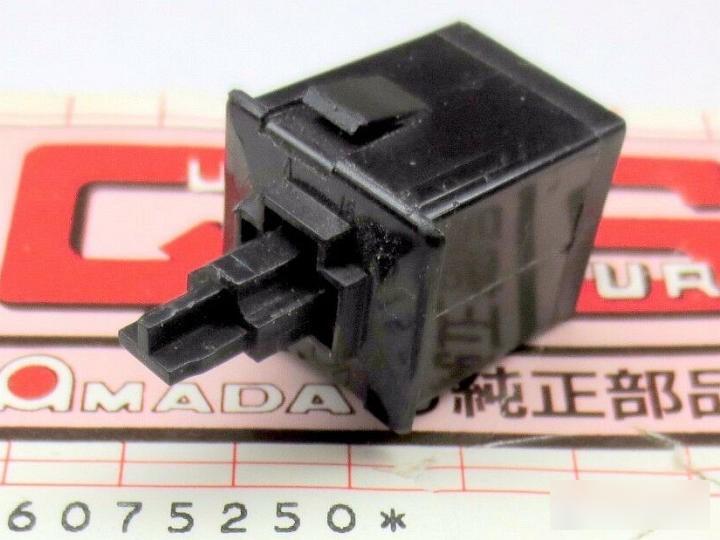
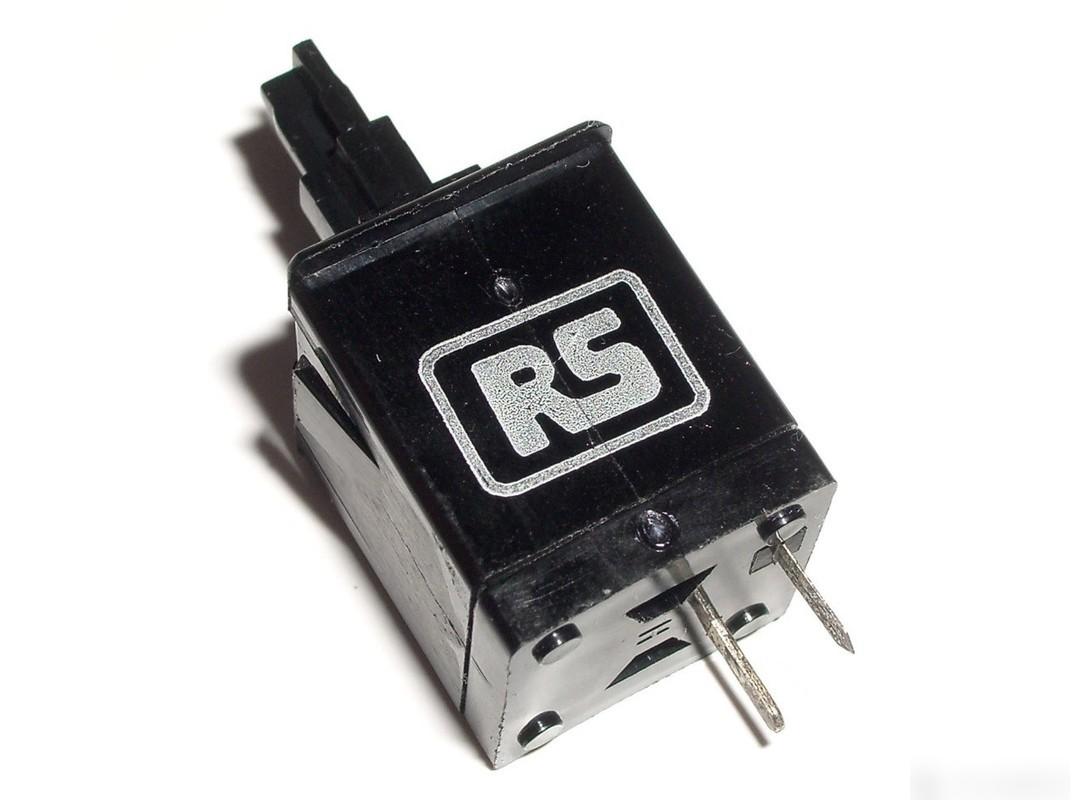
CHERRY's first patent on mechanical keyboard shafts was registered in the United States on February 6, 1973, with the patent number US4467160A. This patent laid the foundation for CHERRY to enter the keyboard market, and it is produced in CHERRY facilities in different countries, including the M5 and M6 series made in the United States and Japan and the M7 series made in Germany. Interestingly, CHERRY’s commercial promotion of this set of switches, corresponding keyboards and key modules started at least in December 1971, which means that the actual production and R&D time can even be traced back to the 1960s. It has a long history. Because they are produced in different countries, these series of products are different in appearance, size, and packaging, so for end users like you and me, the customization is basically zero. Nevertheless, I believe readers can easily see that these products are already very close to the legendary MX series shafts in form. That's right, the MX axis body is its direct successor.
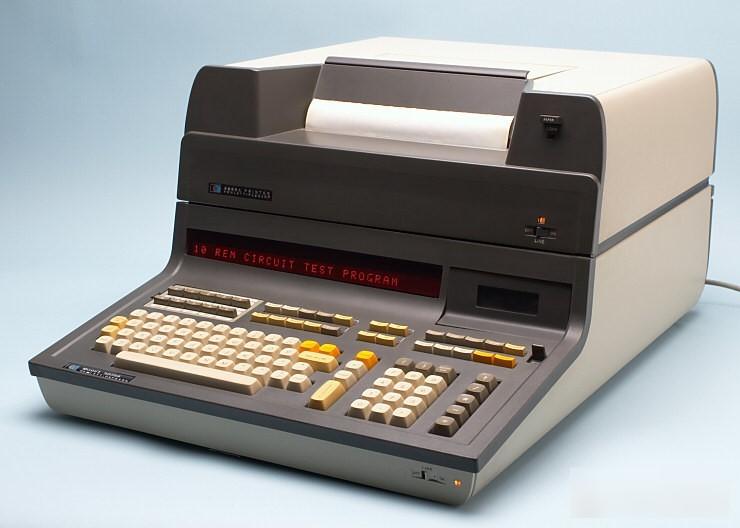
A major feature of the M series switch body is that it encapsulates the movable part (that is, the part where the keycap actually presses down) in the switch body, which can not only prevent the movable part from being displaced due to the accumulated wear and tear over time. trigger, it can also prevent dust from entering the shaft body, which can effectively prolong the service life. In addition to CHERRY's own key modules and keyboards (such as the extremely classic CHERRY G80, yes, the G80 keyboard is even older than the MX switch), this series of switches is still in classic models like the HP 9830A get used.
CHERRYMX: The Way of ZTE
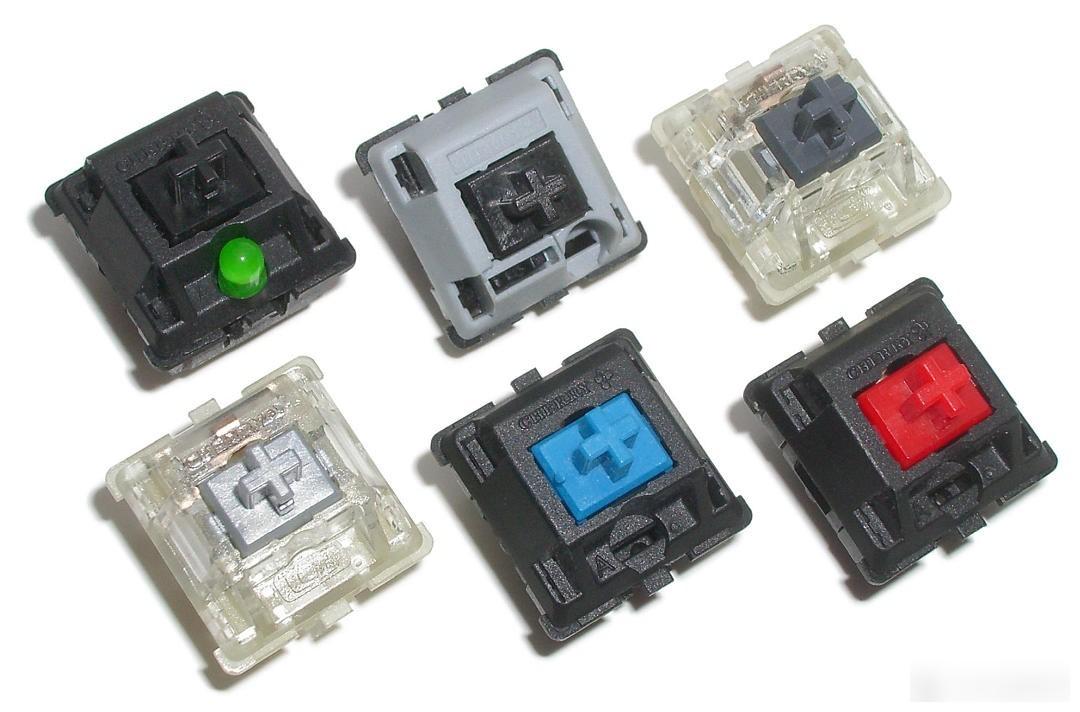
On August 6, 1982, with the official approval of the German Federal Patent DE3229465A1, the era of mechanical keyboards as we know them today officially began.
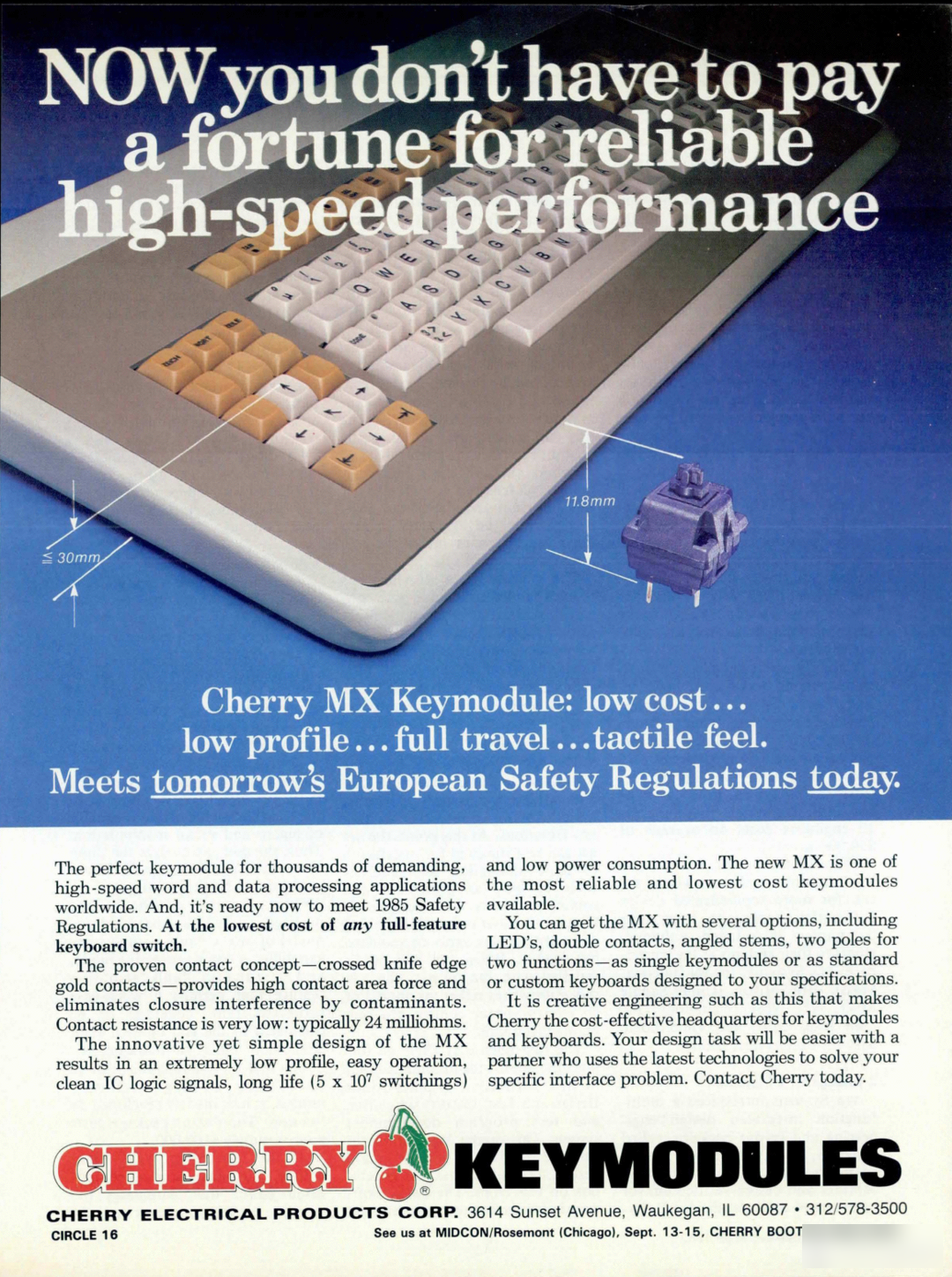
The earliest MX switch is a kind of switch without obvious sense of paragraph and resistance. According to the current classification system, it is a black switch. Its use experience is similar to that of the previous M series switch, but the reliability is further improved to two. Thousands of times. However, the basic design principles of the MX axle body that we are familiar with have all emerged.
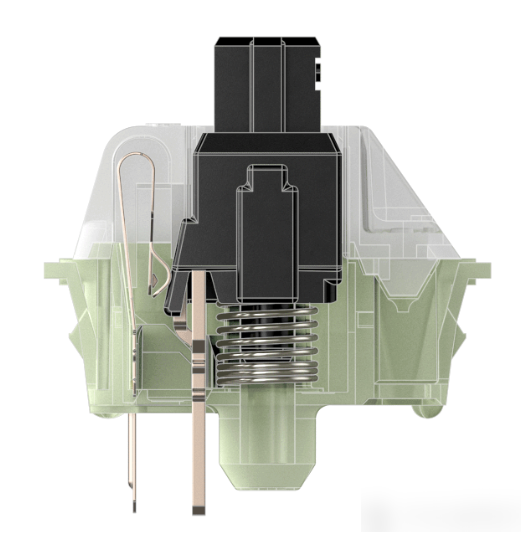
In principle, the principle of the CHERRY MX axis is very simple. The movable module is connected with a spring. When the user presses the button, the two gold-plated metal plates are closed to form a loop, so the keyboard PCB can send a signal corresponding to the button to the computer; the spring rebounds, the movable module rises, and the two metal plates cannot be closed. ,no signal. So simple, so reliable, and full of room for specialization and modding, it's no wonder it's become the de facto industry standard in the mechanical keyboard world.
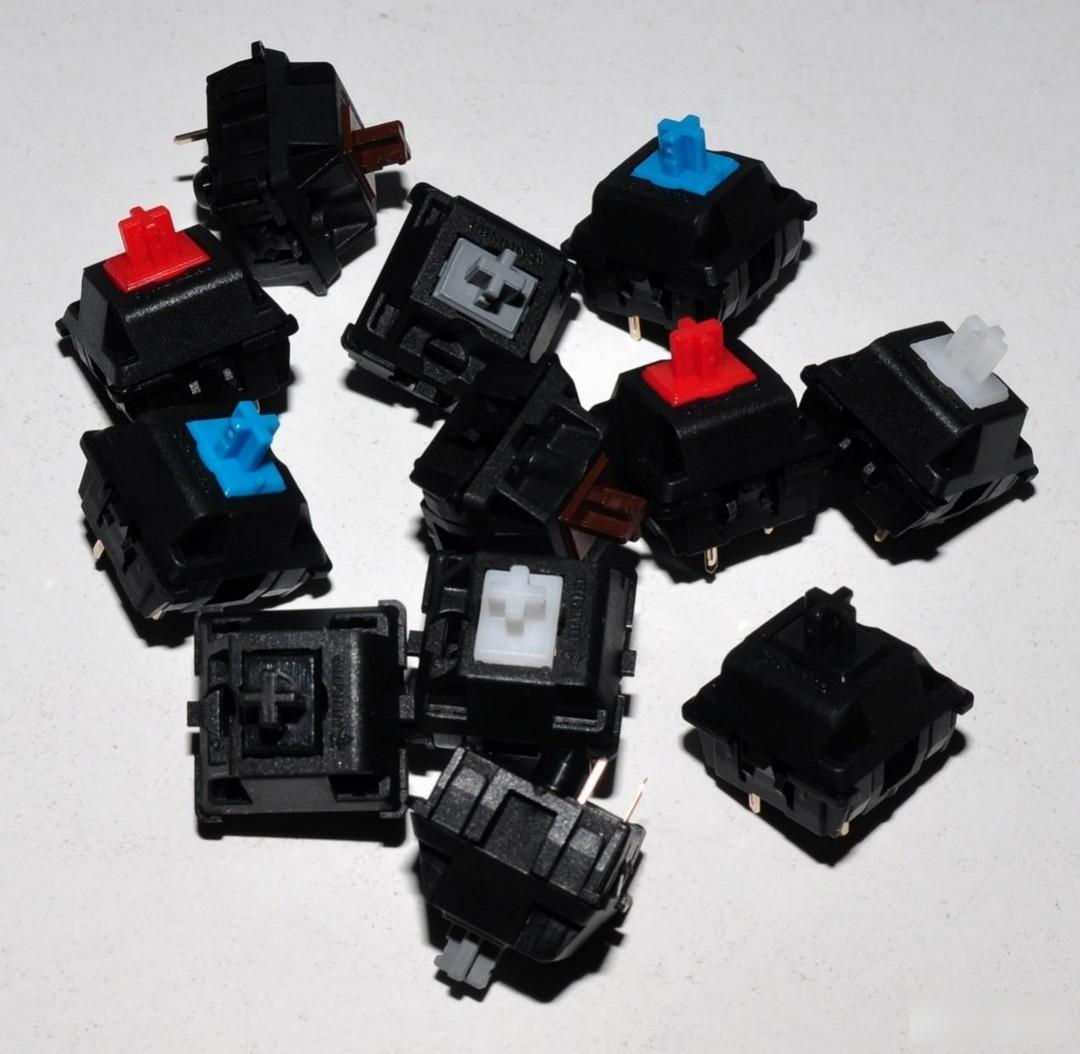
Now that we talk about specialization and magic reform, we have to mention various axes. Technically speaking, there are essentially only three types of differences between different axes:
1. How hard to press
2. Is there a sense of paragraph
3. Is there an obvious rebound sound
The strength can be controlled from the weight of the shaft body, the key travel, etc., the sense of paragraph can also be achieved through the double-layer shaft cap, and the rebound sound is controlled through lubrication. The simple control variable brings more than ten kinds of completely different shaft variables. Users can choose the most suitable shaft according to their needs and usage habits. For example, the "black, white, green tea red" we mentioned earlier, these five colors represent five different button styles. Moreover, the biggest feature of CHERRY MX is that it provides a variety of shafts with different feel while completely unifying the size of different shafts, which means that players and manufacturers finally have the ability to change shafts on one PCB. More keyboard options are easily provided, and due to the unified form factor and cross contact surface, mass-produced universal replaceable keycaps are also possible, allowing users to further personalize their keyboards. At the same time, with the advancement of technology, the MX axis can also provide additional functions and features such as independent LED backlight and tilt angle, which further broadens its market scope.
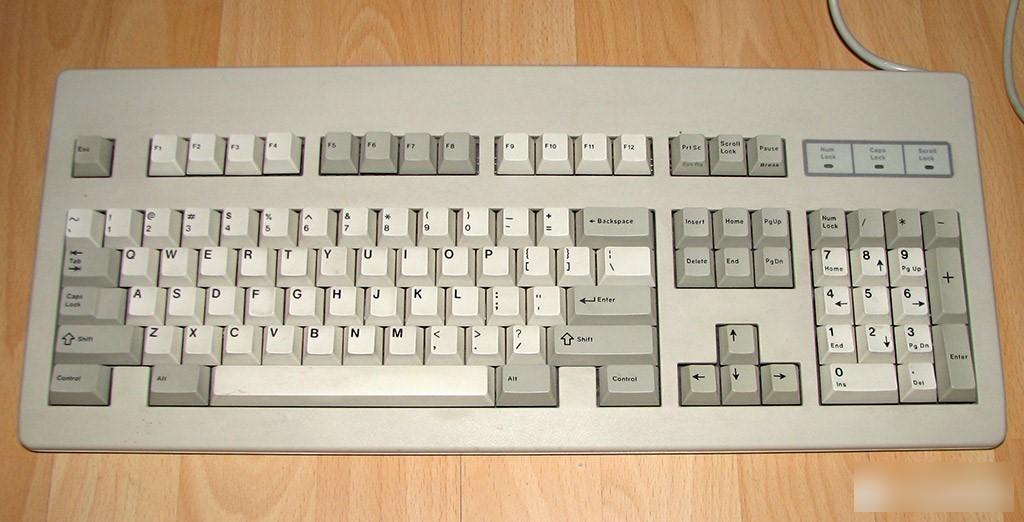
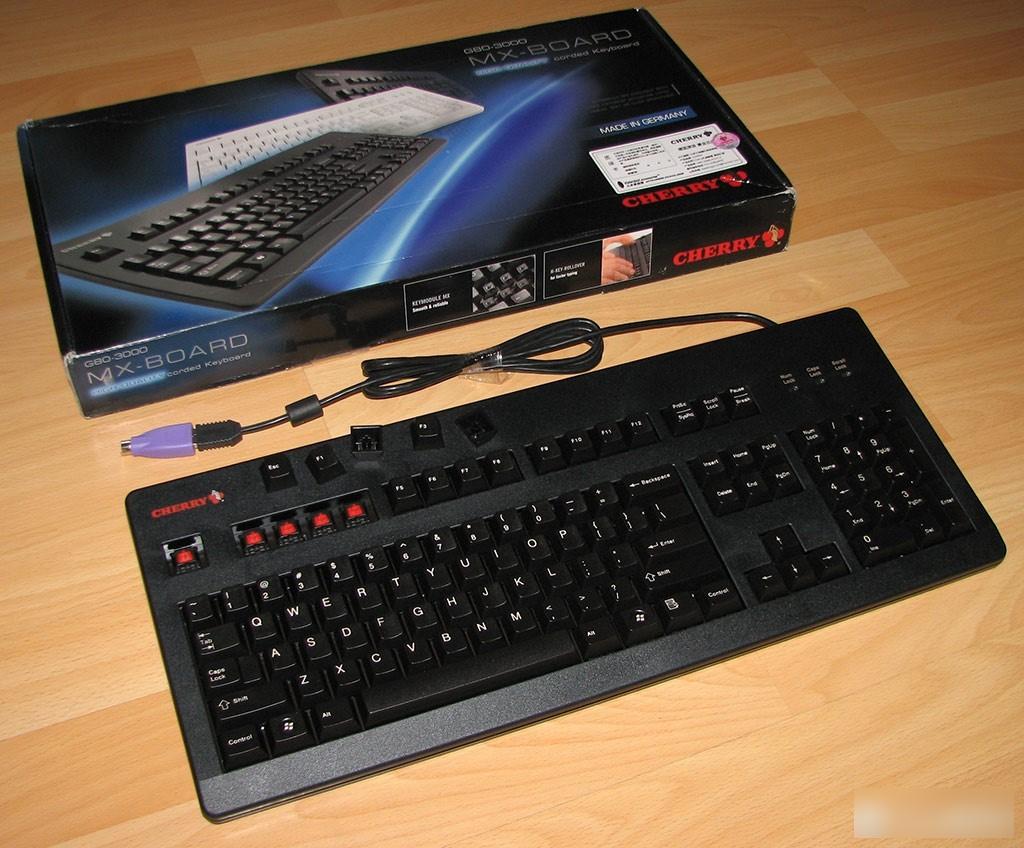
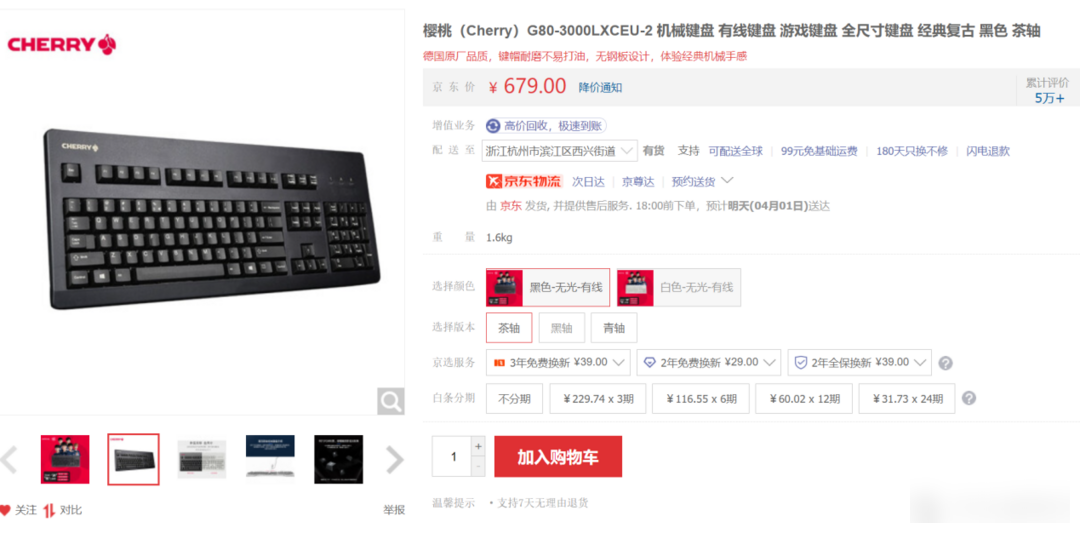
Of course, only one shaft is useless. Along with the popularity of IBM PC compatibles and Apple Macintosh machines in homes, businesses, schools and government agencies in the 1980s, the G80 keyboard equipped with CHERRY MX black switches was launched in 1984, and the G80-3000 released in 1988 was the keyboard industry leader. evergreen tree. It is still produced and sold today. Except for the addition of two new Windows keys and a more modern color scheme, the keyboard you buy in 2023 is exactly the same thing as the keyboard nearly fifty years ago. It can only be said that a classic is a classic, forever. Not out of date.
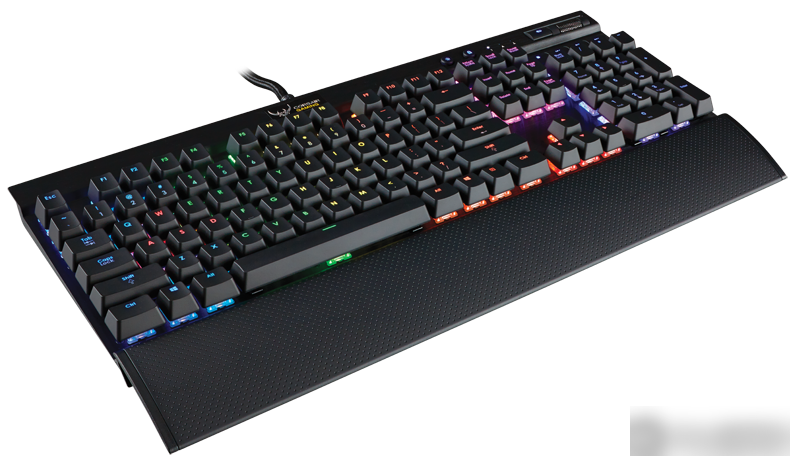
Fast forward to the new millennium, and while membrane keyboards rule the entry-level market, mechanical keyboards still hold their own in the mid-to-high end thanks to their superior typing experience. At the same time, with the development of electronic games, especially the development of large-scale MMORPG and e-sports, players also began to pursue a better input experience. In 2005, SteelSeries launched a 6G gaming mechanical keyboard with CHERRY MX black switches, which is also the world’s first mechanical keyboard developed for gamers. Peripheral manufacturers such as Corsair and Razer have also followed up steadily, making the The game mechanical keyboard with CHERRY MX switch is like a spark that ignited all over the world in an instant. Almost all players who have requirements for gaming experience have quickly changed to mechanical keyboards.
Due to the gradual expiration of the two main patents of MX keyboard switches (US4467160 registered in the United States and the German patent DE3229465A1 mentioned above), the self-developed switches of various keyboard manufacturers have sprung up like mushrooms after rain. scene. Market competition will bring technological progress, and for CHERRY, which occupies the dominant position in the mechanical keyboard market, how to make the next step of innovation on the already mature MX axis technology is naturally a very exciting issue.

CHERRY's first ax was the RGB switch in 2014, which debuted on the Corsair K70 RGB keyboard. Although the CHERRY MX axis body has long supported the use of LED backlights, this in-line backlight not only illuminates unevenly, but can only illuminate a part of the area, and the color is also limited. It is naturally sufficient for daily office work, but it is still tasteless for gamers.
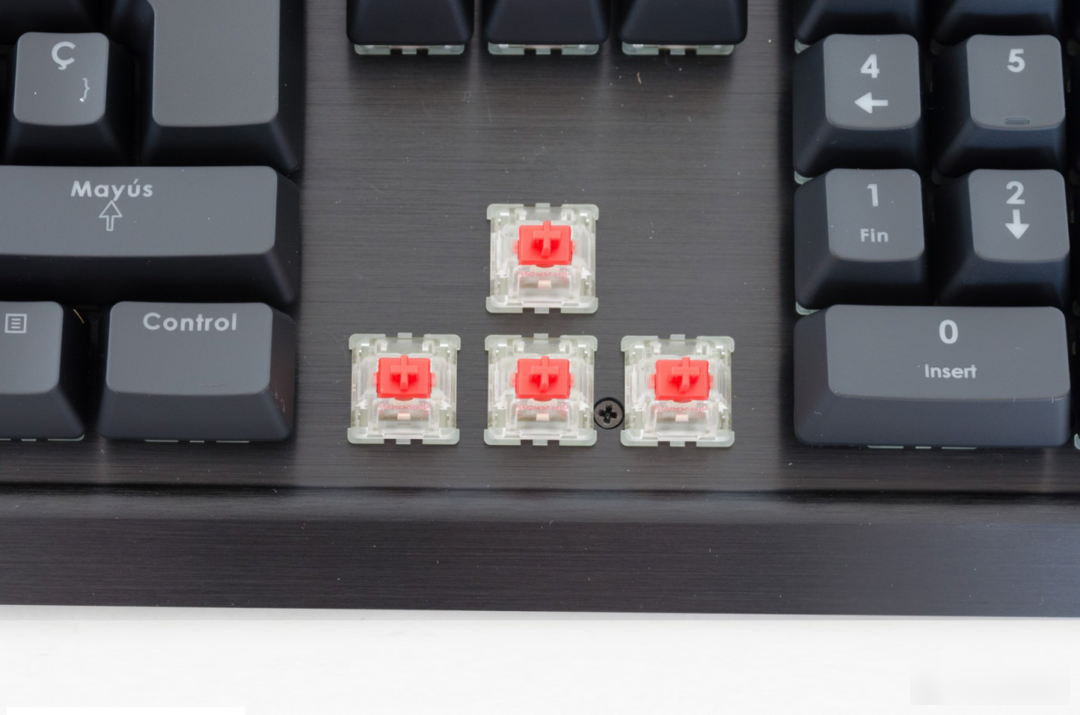
Compared with the ordinary CHERRY MX switch, the biggest feature of the RGB version is that the switch body adopts a partially translucent design. With the additional installation of light-emitting diodes, it realizes a 16.8 million-color RGB experience that can be independently programmed. The lighting is set to what you want most to enhance the sense of substitution during the game.
The second ax is the Low Profile launched in 2018, that is, the low-size shaft. The MX axis feels good, but the thickness of nearly 20mm plus the PCB and support structure means that the height of the mechanical keyboard is difficult to control. Naturally, it is not a big problem for most people, but there are also many consumers who hope that the keyboard can be thinner, lighter and more portable. Therefore, CHERRY MX Low Profile came into being.
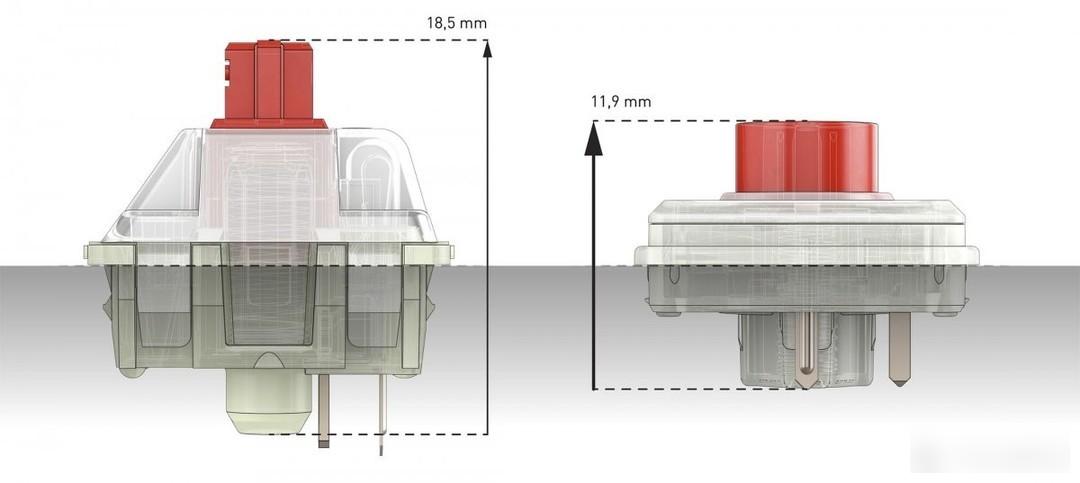
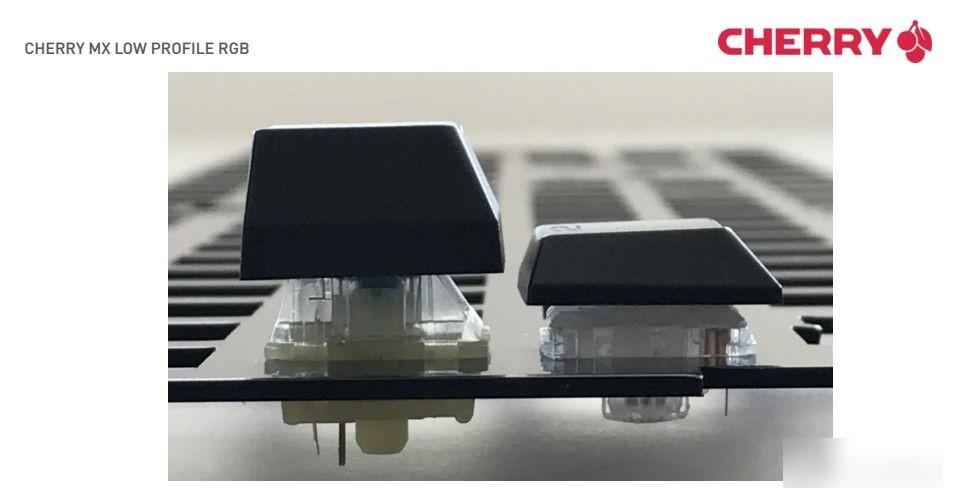
It can be seen from the schematic diagram that the size of the Low Profile shaft has been cut from the original 18.5mm to less than 11.9mm. With the shorter keycap, it can effectively control the overall height of the keyboard and increase the speed of key triggering.

Take the Corsair K70 RGB Mk.2 Low Profile keyboard equipped with this shaft as an example. With the highly optimized aluminum frame and keycaps, the overall height of the keyboard is controlled at less than 29mm, which is about 40mm higher than that of a general mechanical keyboard. This is a very practical update for those users who have portable needs.
This last resort is the Ultra Low Profile shaft. The 11.9mm thick Low Profile shaft is naturally sufficient for desktop keyboards, but with the development of notebook computers in recent years, many consumers have begun to use notebook computers as their only work equipment, and of course they will also be interested in better keyboards. Enter Experience to make the request.
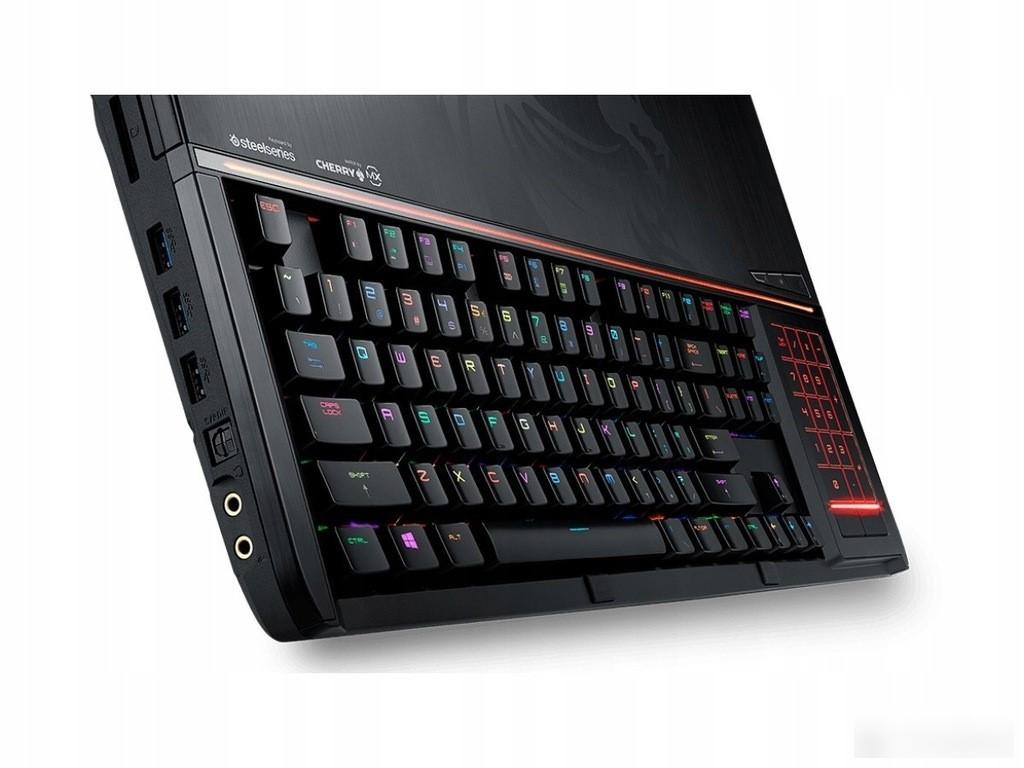
Of course, laptops with mechanical keyboards, while uncommon, haven't existed. For example, MSI’s GT83 Titan, a heavy-duty brick game, has launched a model equipped with a complete CHERRY MX shaft, but as a price, the thickness of the whole machine has reached about 60mm. It is obviously not suitable in a high market environment. And considering the necessary PCB and support height, the advantages of the Low Profile shaft body can only be said to be better than nothing.
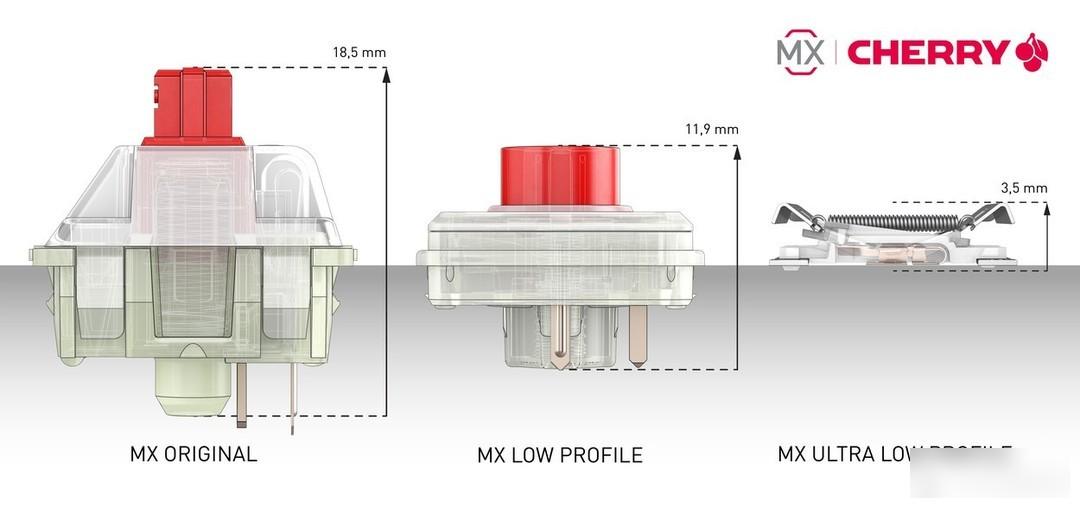
Therefore, the Ultra Low Profile shaft came into being. In order to press the thickness of the shaft body to an astonishing 3.5mm, the CHERRY team needs to solve a lot of engineering problems, such as how to ensure the sense of paragraph and the unique rebound of mechanical keyboards.
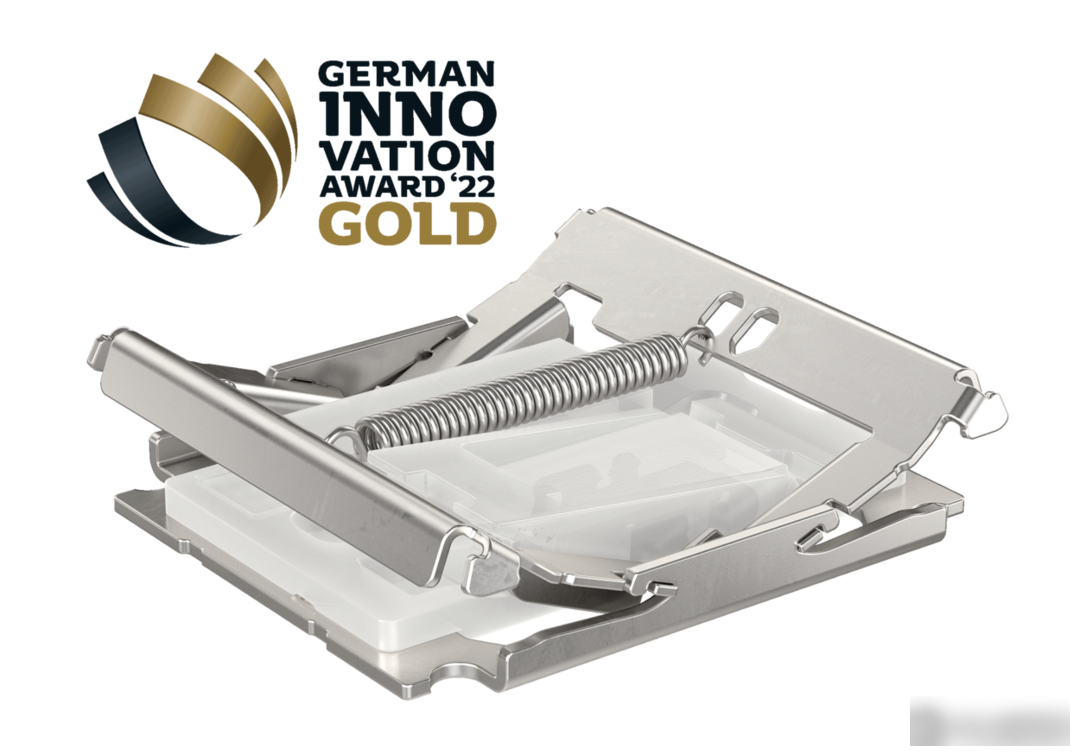
In the end, the team decided to overthrow the entire design and start over, adopting a supercar-like gull-wing door design, while retaining the unique precision and touch of a mechanical keyboard, while allowing the overall size to fit the design of a modern laptop. The result is this set of CHERRY MX Ultra Low Profile shafts.
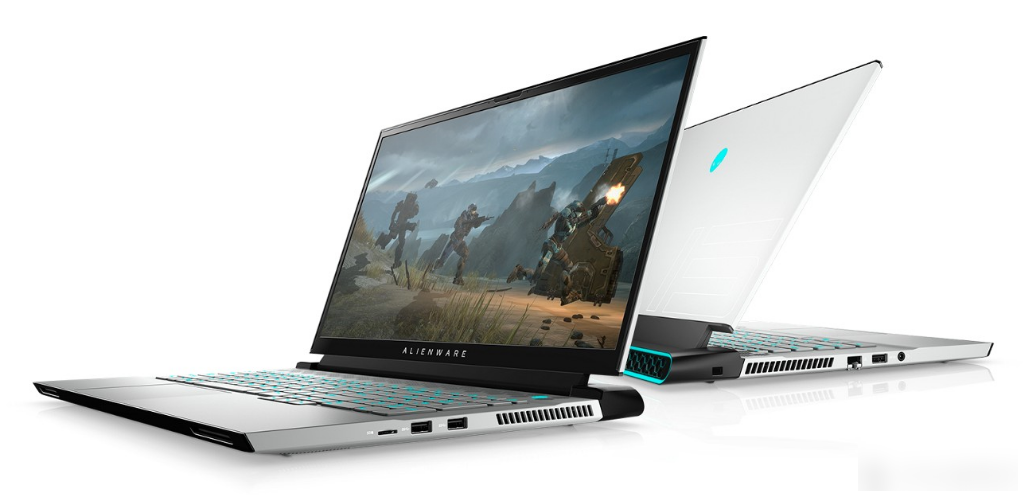
This set of shafts met consumers for the first time in the Alienware m15/m17 R4 model in 2021, which amazed the audience with its excellent feel. Since then, Alienware, as well as this year's mainstream gaming G series, have begun to provide optional CHERRY MX mechanical keyboard options.
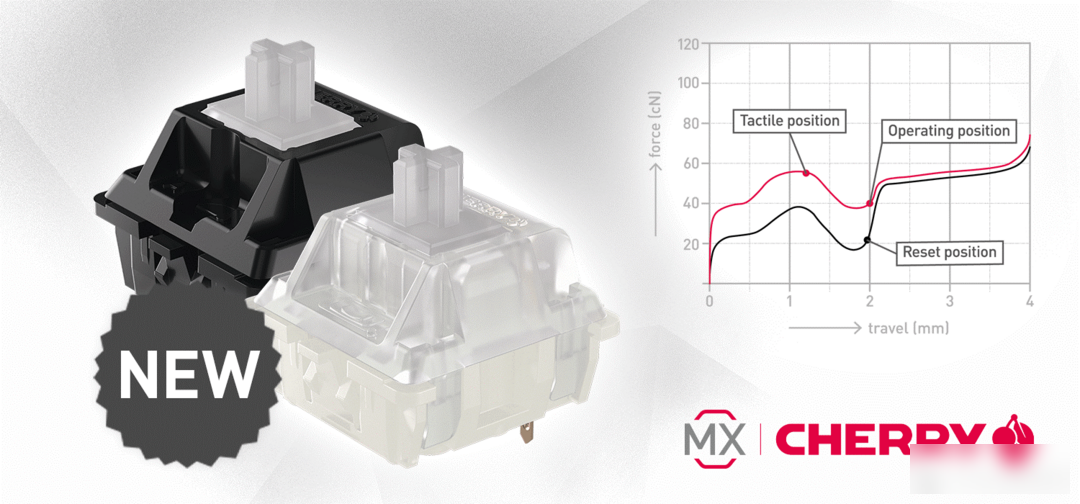
In addition to manipulating the shape of the keyboard, the diversity of the switch body is another strength of CHERRY. For example, two brand new switches, MX ERGO Clear and MX BLACK Clear Top, will be released in November 2022, respectively named Yu and Mo by the player community. The characteristic of this set of axes is not only the localized naming with an ancient atmosphere of books, but also the characteristic feel brought by the mix and match of the classic five axes. The jade axis is delicate and moist, and the ink axis is smooth but flexible. As a brand-new axis for the enthusiast community, it is quite competitive in the market. CHERRY MX2.0, 3.0 and other classic keyboards equipped with jade switches will also be launched in the near future on the 70th anniversary of CHERRY, bringing more choices to players.
From a garage company in Illinois to a multinational factory with offices all over the world, CHERRY's 70 years have not only been dedicated to the study of basic technologies, but also deeply bound to the wave of computers and information technology. The small keyboard carries the continuous pursuit of input feel by generations of engineers and enthusiasts. Even if the continuous advancement of technology and the constant change of consumer demand put forward more requirements under the motif of the keyboard, I believe that CHERRY can gain a firm foothold by virtue of its sufficient historical accumulation in this field, and bring more and more products to generations of users. Many surprises and innovations.
Factory Adress: No.11,FengpingRoad
